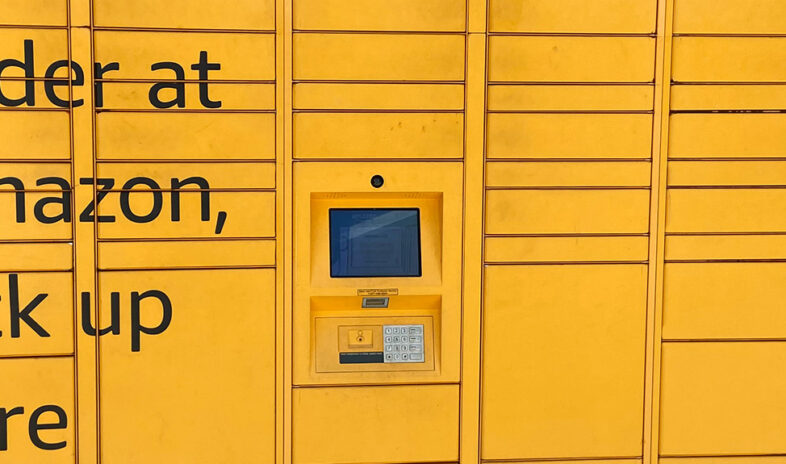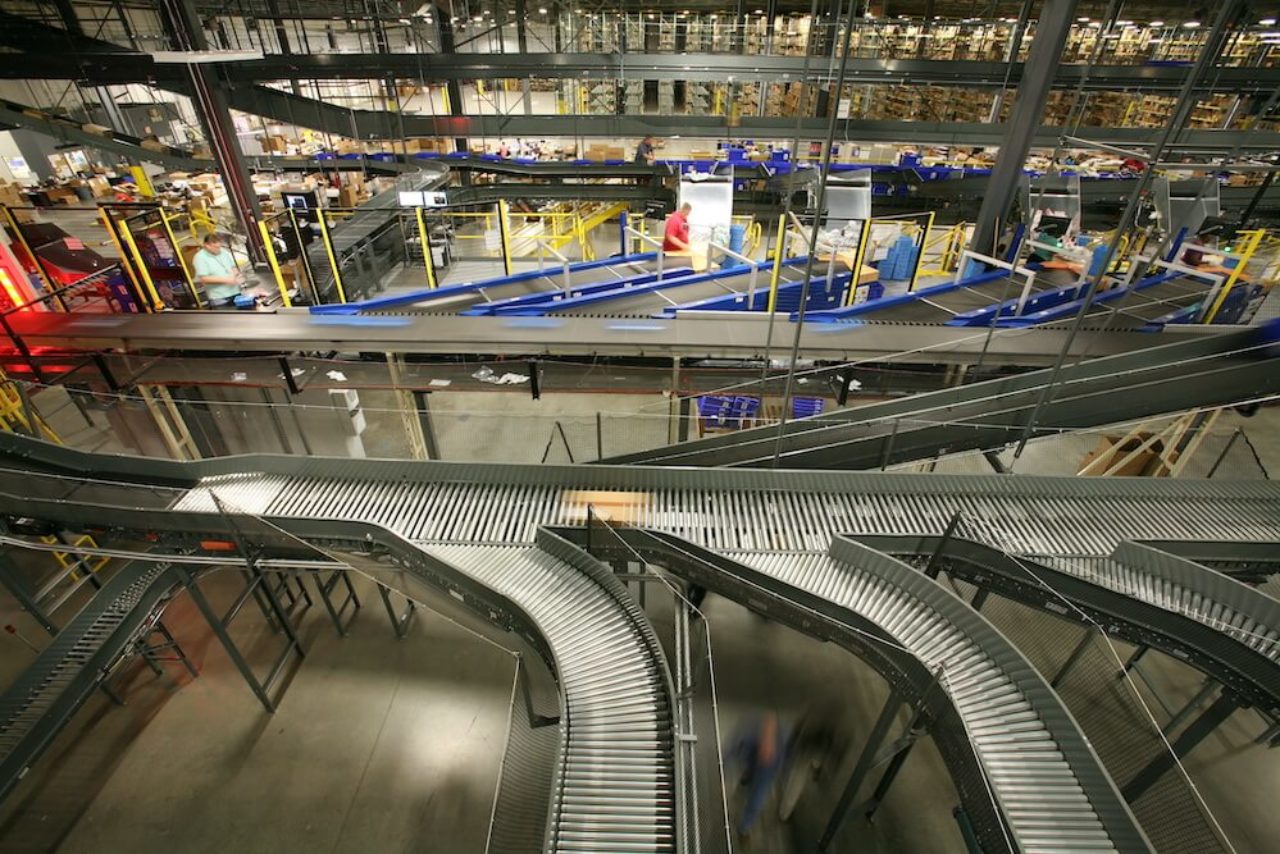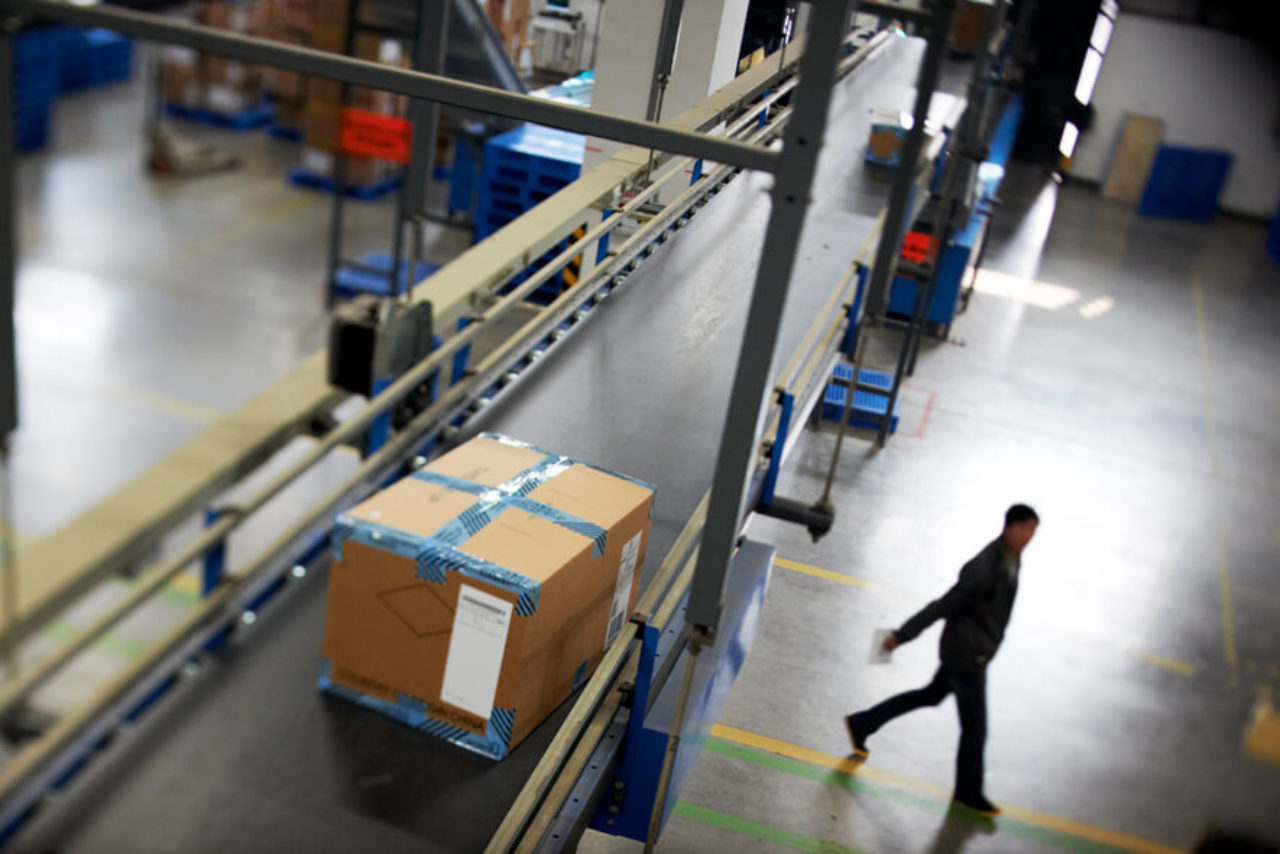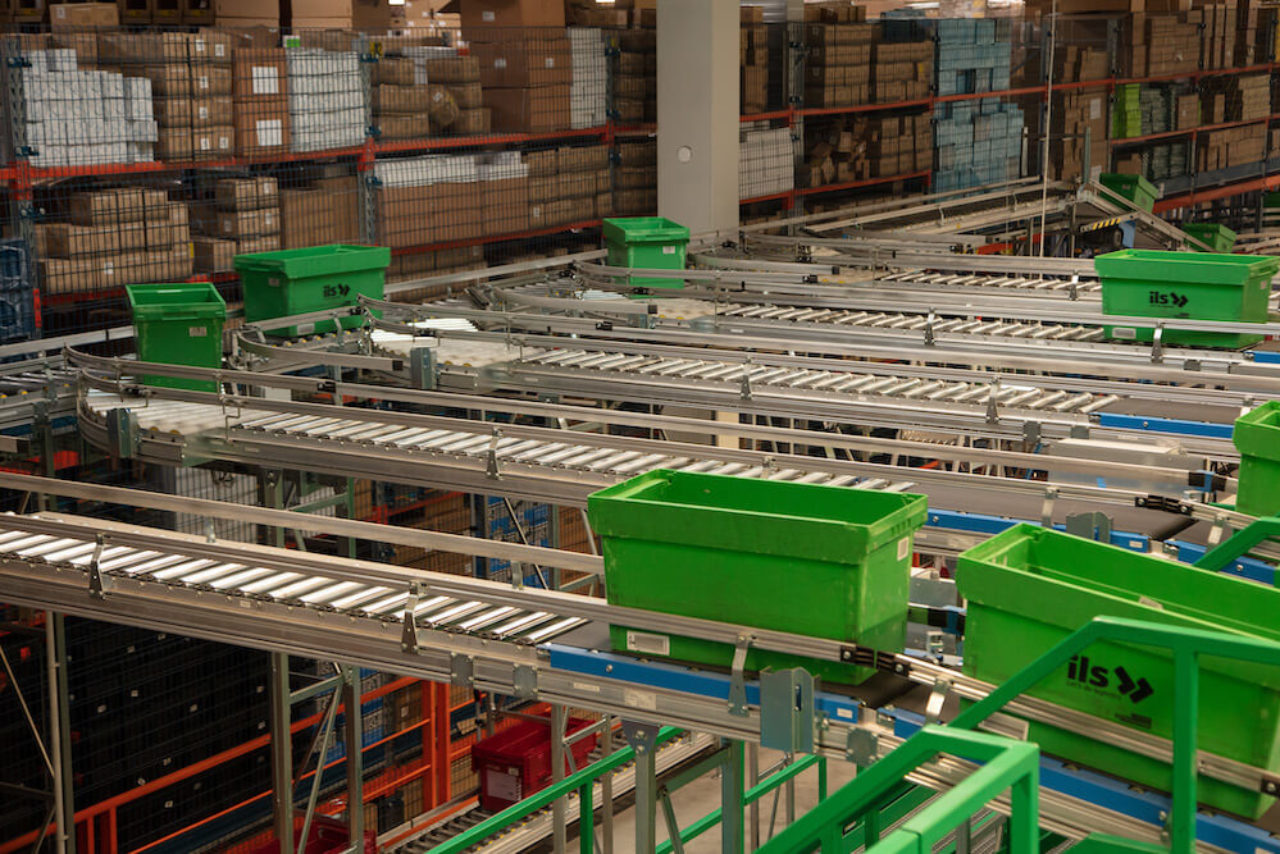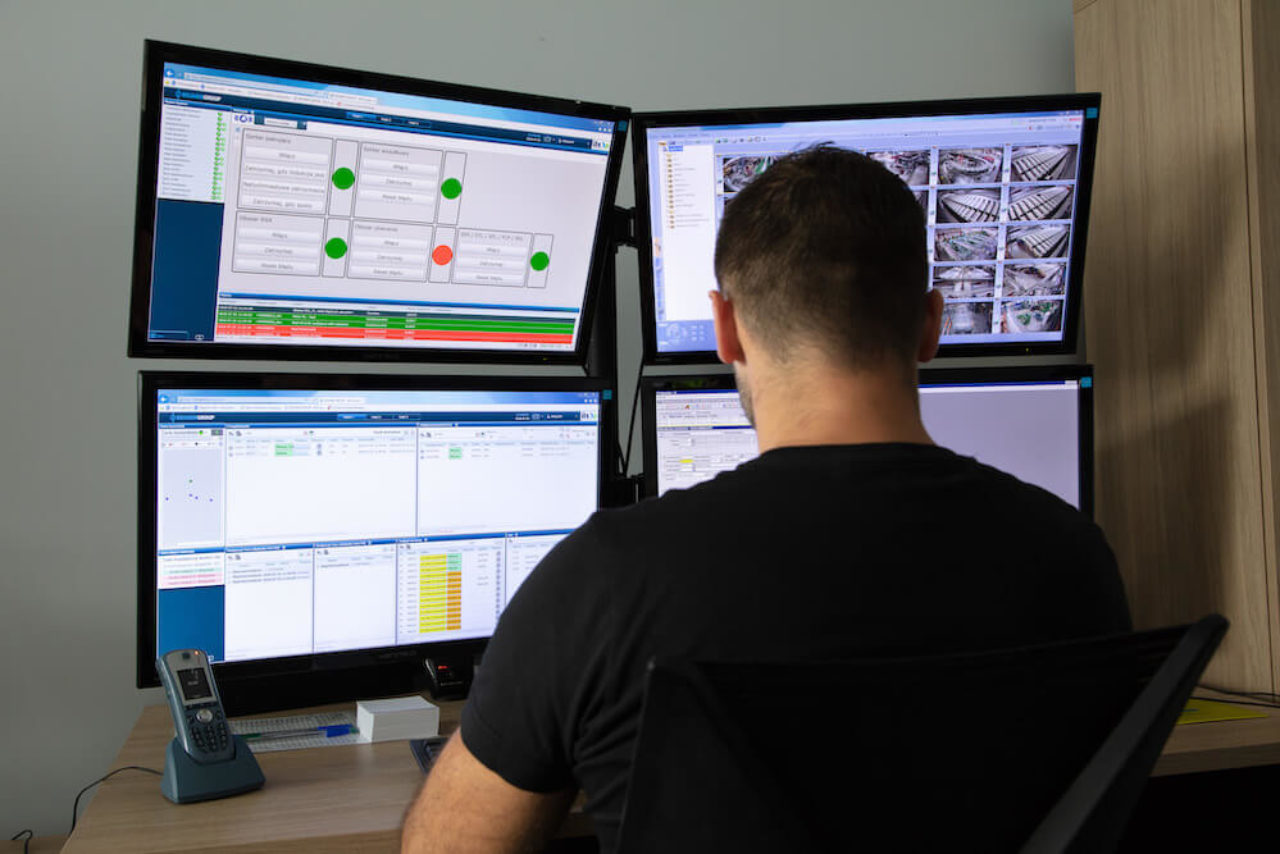Future-proof your fulfilment or distribution centre with automation
Whether you’re building a new fashion fulfilment centre, distribution centre or 3PL facility or expanding an existing one, it’s an expensive endeavour. To maximise your return on investment, it’s important to invest in tools and technology that will ensure the longevity of the facility – in terms of design, size, storage capacity and function. In order to do this, you need to take the time to map out your current and future business needs and plan your systems design, to ensure your material handling automation is not obsolete in five years.


